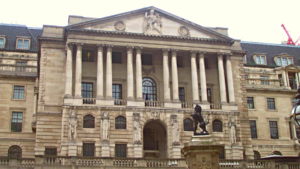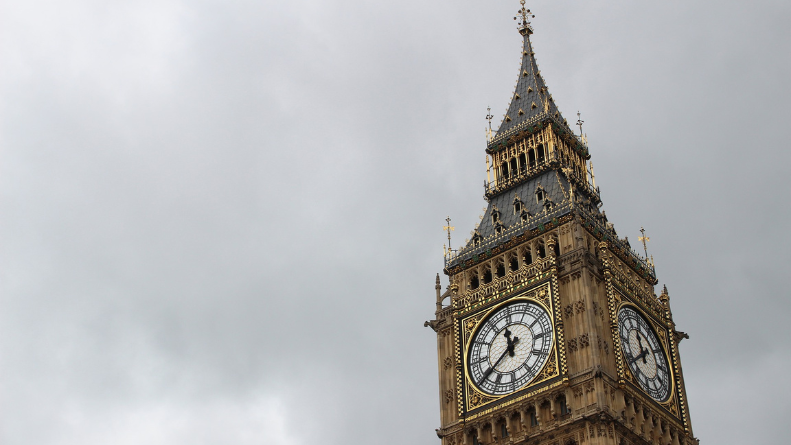A Journey Through UK Architecture
The United Kingdom’s architectural landscape is a rich tapestry, woven from centuries of historical, cultural, and technological threads. Each era has left its mark, creating a diverse array of styles that tell the story of Britain’s evolution. From the ancient remnants of Roman Britain to the innovative designs of contemporary architecture, the buildings of the UK reflect the social, economic, and technological advancements of their times. This article explores the different architectural styles that have shaped the UK, providing a detailed overview for history enthusiasts, property investors, and anyone interested in the beauty of well-designed buildings.
From Ancient Times to the Middle Ages
Roman Influence
The architectural journey of the UK begins with the Roman occupation, which started in 43 AD. The Romans introduced advanced engineering techniques and materials, leaving behind a legacy of stone and brick constructions. Key Roman structures include Hadrian’s Wall, a defensive fortification in Northern England, and the Roman Baths in Bath. These structures showcase the Romans’ expertise in building durable and functional edifices, many of which have stood the test of time.
Anglo-Saxon and Norman Architecture
Following the departure of the Romans, the Anglo-Saxon period saw the construction of wooden buildings, most of which have not survived. However, the Norman conquest in 1066 brought significant changes. The Normans introduced the Romanesque style, characterised by massive stone walls, rounded arches, and sturdy pillars. This era saw the construction of numerous castles and cathedrals, such as the Tower of London and Durham Cathedral, reflecting the Normans’ desire for imposing, defensive structures.
Gothic Architecture
The Gothic period (12th to 16th centuries) marked a dramatic shift in architectural style. Gothic architecture is renowned for its verticality, with buildings reaching impressive heights, adorned with pointed arches, ribbed vaults, and flying buttresses. These features allowed for larger windows and the inclusion of stained glass, which filled interiors with light and colour. Notable examples of Gothic architecture include York Minster and Westminster Abbey, both of which exemplify the style’s emphasis on light and grandeur.

The Renaissance to the Georgian Era
Renaissance Influence
The Renaissance, which began in Italy in the 15th century, eventually influenced British architecture in the late 16th century. This period emphasised symmetry, proportion, and the use of classical orders. Renaissance architecture in Britain is characterised by balanced designs and large windows, with notable examples including Hardwick Hall and parts of Hampton Court Palace. These buildings reflect a shift towards more refined and symmetrical aesthetics.
Baroque Extravagance
The late 17th century introduced the Baroque style to Britain, characterised by grandeur, opulence, and dramatic contrasts. Baroque architecture often features elaborate decorations, bold forms, and a sense of movement within the structure. St. Paul’s Cathedral in London, designed by Sir Christopher Wren, stands as a quintessential example of Baroque architecture in Britain. Its majestic dome and intricate detailing highlight the era’s emphasis on spectacle and drama.
Georgian Elegance
The Georgian period (1714-1830) is synonymous with symmetry, simplicity, and adherence to classical principles. Georgian architecture is characterised by its restrained elegance, featuring sash windows, decorative cornices, and a clear sense of proportion. This era saw the construction of many townhouses and public buildings, particularly in cities like Bath and Edinburgh. Georgian buildings are often noted for their uniformity and refined detailing, creating harmonious and visually pleasing streetscapes.
Victorian Splendour and Industrial Revolution
Eclectic Styles
The Victorian era (1837-1901) was a time of rapid industrialisation and technological advancement, which significantly influenced architectural styles. The period is known for its eclecticism, drawing from various historical styles and incorporating new materials and techniques. The Victorian era’s architectural diversity is evident in the wide range of building styles from this time, including Gothic Revival, Italianate, and Queen Anne.
Gothic Revival
One of the most prominent styles of the Victorian era was Gothic Revival, inspired by medieval Gothic architecture. This style is characterised by pointed arches, steep gables, and elaborate ornamentation. The Houses of Parliament in London, designed by Charles Barry and Augustus Pugin, is a striking example of Gothic Revival architecture. The style aimed to revive the grandeur and spirituality of the medieval period, reflecting the Victorians’ fascination with history and craftsmanship.
Industrial Influence
The Industrial Revolution brought about significant changes in building materials and techniques. The widespread use of iron and glass led to the construction of iconic structures such as The Crystal Palace and St. Pancras Railway Station. These buildings demonstrated the potential of new materials and engineering techniques, paving the way for modern architectural innovations. The use of prefabricated iron elements and large expanses of glass allowed for the creation of light, airy spaces, transforming the possibilities of architectural design.

Modernism to Contemporary Architecture
Modernist Movement
The 20th century saw the emergence of Modernism, a movement that rejected historical styles in favour of simplicity, functionality, and the honest expression of materials. Modernist architecture is characterised by clean lines, open floor plans, and the absence of decorative elements. Key figures in British Modernism include architects like Walter Gropius and Le Corbusier, who influenced the design of buildings such as the Finsbury Health Centre and the Barbican Estate.
Post-War Reconstruction
After World War II, Britain faced the challenge of rebuilding. This period saw the construction of many utilitarian structures, focusing on cost-effectiveness and functionality. The brutalist style, with its raw concrete surfaces and massive forms, became prevalent in public buildings and housing estates. Brutalism aimed to convey a sense of honesty and strength, reflecting the post-war desire for reconstruction and resilience. Examples of brutalist architecture in Britain include the National Theatre in London and the Trellick Tower.
Contemporary Trends
Today, British architecture is incredibly diverse, embracing a wide range of styles and influences. Contemporary architecture often emphasises sustainability, with innovative designs incorporating renewable energy sources, green roofs, and eco-friendly materials. The focus on sustainability is driven by the need to address environmental concerns and create buildings that are energy-efficient and environmentally friendly.
Iconic Modern Structures Contemporary British architecture includes iconic structures such as The Shard and the Eden Project. The Shard, designed by Renzo Piano, is a striking addition to the London skyline, with its sleek glass façade and tapering form. The Eden Project in Cornwall, designed by Grimshaw Architects, features large biomes housing diverse plant species, demonstrating a commitment to sustainability and environmental education.
Innovative Residential Designs In the residential sector, contemporary architecture often involves innovative designs that maximise space and light. Modern homes frequently feature open-plan layouts, extensive use of glass, and integration with outdoor spaces. Sustainable features such as solar panels, rainwater harvesting systems, and high-performance insulation are increasingly common, reflecting the growing emphasis on eco-friendly living.
Public and Cultural Buildings Public and cultural buildings also reflect contemporary architectural trends. The Tate Modern in London, housed in a former power station, exemplifies the adaptive reuse of industrial buildings. The building’s extension, designed by Herzog & de Meuron, features a striking brick façade and innovative interior spaces, blending the old with the new. Similarly, the Sage Gateshead, designed by Norman Foster, is a modern cultural centre with a distinctive curved roof and transparent walls, offering stunning views of the River Tyne.
Conclusion
The architectural landscape of the UK is a testament to its rich and varied history. From the ancient structures of Roman Britain to the sleek designs of modern skyscrapers, each period has left its mark on the built environment. Exploring the different architectural styles across the UK offers a fascinating journey through time, revealing the cultural, economic, and technological shifts that have shaped the nation.
Understanding these styles not only enriches our appreciation of these structures but also informs future investments and developments. For property investors, knowledge of architectural styles can provide valuable insights into the market, helping to identify potential opportunities and make informed decisions.
In conclusion, the UK’s architectural heritage is a rich tapestry woven from centuries of innovation, adaptation, and artistic expression. Each building, whether ancient or modern, contributes to the ongoing story of British architecture, reflecting the nation’s evolving identity and aspirations. As we continue to build and innovate, it is essential to recognise and preserve the architectural treasures of the past while embracing the possibilities of the future. The journey through the UK’s architectural history is not just about buildings; it’s about understanding the very essence of a nation and its people.
ARE YOU READY TO START INVESTING?
Subscribe to our mailing list now for exclusive deals, investment guides and the latest information from the property market.







